The coming decade is set to be a supersaturated, hi-tech renaissance of science, technology, and their applied societal counterparts. Surrounded by the possibility of ‘driverless’ cars, hyperloops, artificial intelligence, augmented and virtual realities, to name a few inventive prospects, you’d be forgiven for thinking that the world will become an infinite playground for programmable products and simulations. In this article we explore some of the key technological advancements that could surface in the coming decade and how they might impact our world.
The Future of Transportation: Self-Driving Cars and Hyperloops
The progress of transport continues with another big leap, the eventual development of so-called self-driving cars. This technology has the potential to fundamentally change how we travel, by making it safer and less congested, improving its efficiency greatly. The car is guided by cameras, sensors and artificial intelligence algorithms to drive itself and to rapidly make decisions in order to navigate roads. Such cars even have the potential to communicate with each other as well as with traffic infrastructure, maximizing traffic flow coordination.
Another transport improvement is called hyperloops, which are ultra-high-speed transport systems running in low-pressure tubes. Here, passengers or cargo are transported using magnetic levitation travelling at up to speeds of 690mph. They could revolutionize the way people travel by reducing travelling times to as little as a few minutes and thereby also lowering costs. For example, a hyperloop could connect two cities that are hundreds of miles apart, potentially even allowing commuting to work from one city to the other.
The Rise of Artificial Intelligence: How It Will Impact Jobs and Society
Artificial intelligence (AI) is another technology that will change industries and society in large ways. AI is the making of computer systems to operate tasks that normally require intelligence be it visual or linguistic, speech recognition or self-driving vehicles and most of all in decision-making ability. Al can revolutionize future healthcare, finance, manufacturing and transportation industries by reimagining processes, increasing efficiency and performance and creating new capabilities.
But we should also be concerned about the effects this is having on our working lives and wider society. The prospect of AI technology is terrifying for many people because they believe it will lead to the loss of lots of jobs. There is certainly some evidence that many jobs will become automated. But there are also clear reasons to believe that AI will create many new jobs and whole new industries. So, for example, vast numbers of jobs could be required to build, maintain and upgrade AI systems. Moreover, AI could supplement human capabilities, allowing us to engage more in more complex and creative work.
Virtual and Augmented Reality: Transforming Entertainment and Education
Virtual reality (VR) and augmented reality (AR) have the potential to revolutionize entertainment and education. In contrast to traditional media, VR presents a computer-generated environment to stimulate a feeling of being physically present in a virtual world. In contrast to AR, VR completely replaces the real world, while AR adds digital information overlays to the real world. Both VR and AR can create new immersive experiences that can be utilized to entertain, educate, train, treat, and more.
The entertainment sector could benefit from people having a more realistic experience and control through VR and AR. Someone wearing a VR headset may be transported elsewhere — somewhere unfamiliar — where they can purportedly walk around and interact with tangible items.
In education, VR and AR can provide an interactive feedback to students or allow them to learn by engaging in an experience, maybe by visualising a molecule through 3D modelling viewed through an AR app, or viewing an ancient artifact.
The Internet of Things: A Connected World of Smart Devices
The Internet of Things (IoT) is a system of interrelated computing devices, mechanical and digital machines, objects, animals or people that are provided with unique identifiers (UIDs) and the ability to transfer data over a network without requiring human-to-human or human-to-computer interaction. The IoT is an interconnection via the internet of computing devices embedded in everyday objects, enabling them to send and receive data.
At home, IoT can be used to connect thermostats to turn on air conditioning when you’re on the way back, or linked to light switches to make your house a more comfortable environment when you walk through the door. In cities, IoT can help reduce energy consumption, ease traffic and increase public security.
Photos provided by EnDesignIn factories, it could facilitate predictive maintenance for equipment, for example, or improve supply chains to deliver better products at lower costs. And this is where the devil can come into the detail — and where the progress that IoT can bring can also expose deep sores in the fabric of society. For while IoT may well facilitate optimization in factories, homes and supermarkets, it is provoking a public debate on privacy and security. Because the more the device-sphere expands, the greater the need for ironclad security to deflect the numerous and growing threats from malicious hackers.
Blockchain Technology: Revolutionizing Finance and Beyond
Blockchain technology is a digital ledger that processes transactions across multiple computers simultaneously in a decentralized manner. It has been gaining popularity in recent years as it is starting to change the ways of doing business in certain industries. It is getting more people to talk and share their opinions about the ‘blockchain bubble’ that will supposedly change the world. Blockchain is believed to ensure transparent and verifiable transactions by removing the need for a single third party and storing a permanent historical record of transactions in a tamper-proof ledger.
For example, in finance, blockchain could be used to make cross-border payments and purchasing of securities more efficient and secure, or could drive each other the growth of new decentralized financial systems that would not be dominated by any one party.
For supply chain management, blockchain could ensure a level of transparency and traceability that would allow people to check the authenticity and end-to-end journey of a product at the click of a button. In healthcare, blockchain can offer a secure and private way to share information between different parties (individual doctors, hospitals, nursing homes, etc), allowing for a more scalable method of interoperability and the possibility to change the way medical records are shared.
5G Networks: Faster, More Reliable, and More Connected
The fifth generation of wireless technology (known as 5G or fifth-generation wireless networks) is just around the corner. In the next few years, it is expected that mobile devices will be able to download a movie in seconds and self-driving cars will hit the road. This nascent field heralds the next generation of wireless technologies that promise to deliver faster speeds and lower latency, while improving reliability for a wide range of wireless applications. 5G networks have the potential to reshape virtually every aspect of our lives and redefine nearly every major industry relevant to communications technologies. From telemedicine to telecommuting, wireless offices to wireless cities, these networks could provide far more powerful solutions to our problems and serve as a ‘great enabler’ to boost productivity across the economy. In the long term, 5G could revolutionize lifestyles and business practices worldwide.
In relations to telecommunication networks, specifically, 5G will provide higher speeds and significantly lower latency to allow for a real-time communication and almost seamless connection between devices. This will allow the creation of new applications, such as remote-controlled mobility, drones, autonomous vehicles and utilization of virtual reality as additional components in the gaming industry. It would also enable new applications in various other sectors, including remote surgery and health monitoring, whereas, in healthcare, it would allow for a remote patient monitoring and the utilization of telemedical services when it comes to diagnosing and sharing the medical data in real-time. One of the technological applications of the 5G networks is also connected to transportation — since it would improve security and efficiency of autonomous vehicles by allowing real-time interactions between vehicles and infrastructures. Lastly, in the area of entertainment, 5G networks would allow for a high-quality video and audio streaming and would enable users to experience immersive effects such as virtual reality gaming.
Space Exploration: Advancements in Technology and Colonization
Space technologies are rapidly evolving, permitting us humans to colonize other planets and taking us to the farthest regions of the Universe. Rocket technology, satellite technology and space habitats are advancing rapidly in recent years, making space exploration more accessible.
Reusable rockets being built by private companies such as SpaceX and Blue Origin could take space travel to the next level, bringing the cost of private space travel down and making it viable for space tourism, while more frequent trips to space could become possible. New satellite technology has the power to go further, too, gathering more data both about our planet and the Universe, resulting in new discoveries.
Health Tech: Personalized Medicine and Wearable Devices
This concept encompasses technologies that help improve health outcomes, improve patient experiences, and/or reduce healthcare costs — health-tech solutions including wearable devices, telemedicine services, electronic health records, and personalised medicine.
Wearable devices, in the form of fitness trackers and smartwatches, are gaining widespread use. Through tracking vital signs, physical activity, and providing real-time feedback to the user, these devices can aid in preventive care by helping to adopt healthier behaviours and recognising early signs of health problems.
Environmental Sustainability: Innovations in Clean Energy and Conservation
Innovations in clean energy and conservation might avert some of the worst catastrophes of our time. Solar power and wind power are growing cheaper every year, as are batteries and smart grids.
Easily the most promising source of green energy, solar power has experienced a dramatic reduction in price over the last decade. Solar panels are now cost effective enough that homeowners and business owners alike have embraced them as viable alternatives from traditional energy providers. At present, there are relatively few storage systems that enable the capture of energy from days of bright sunlight for night-time use, but this is already changing.
The Ethics of Technology: Balancing Progress and Responsibility
Increasingly rapid technological advancements have raised ethical questions. These range from intrusions into our privacy, to potential threats to our security, to the disruption of the job supply, to the growing concentration of power and information into the hands of a fee few technology companies.
We need to do it sustainably: by advancing, while being careful to consider the consequences. We need better Privacy protections, we need better IT security, we need to make sure the gains are shared, and we need to think further ahead, to consider what impact the technology has on society at large, and especially on the environment.
The next decade will bring about a wave of unmatched innovation and technological optimism that will change humanity’s interactions with the world around us and how we work and live.
From self-driving cars and hyperloops to artificial intelligence and virtual reality, these technologies seem poised to transform industries and shape the future of society as we know it.
But it is also critical to think deeply about the implications of these developments, to ensure that human progress is appropriately balanced by human responsibility. In this way, the full potential of technology can be harnessed for the benefit of all.






